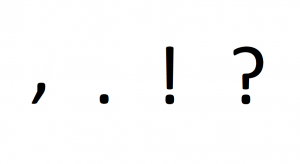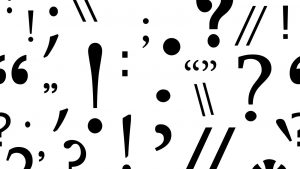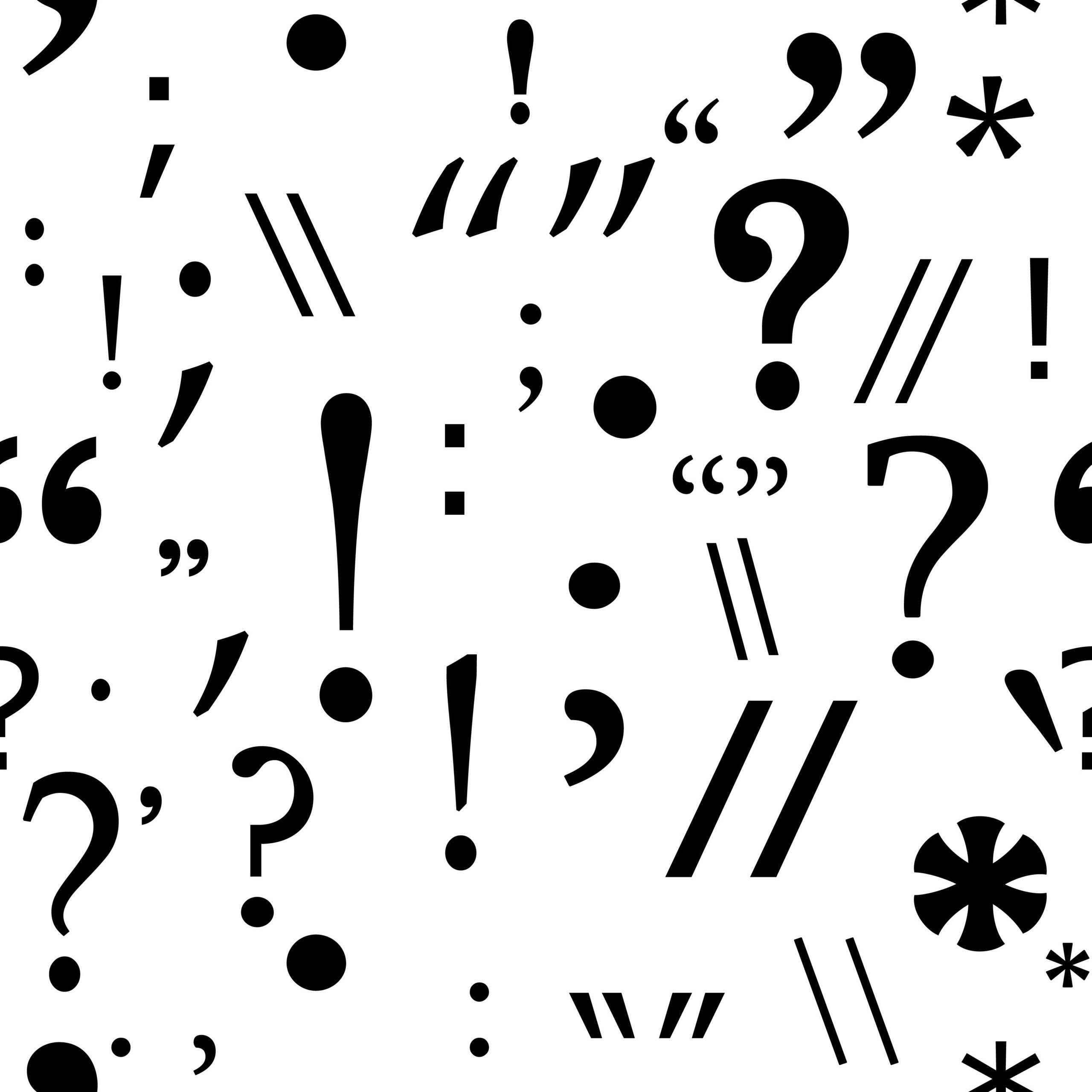The Finnish language belongs to the Finno-Ugric group, which is part of the Uralic language family and is very difficult to master such as translate english to tagalog correct grammar.
Linguists believe that the peculiarities of the Finnish language make it possible to study it fully outside the linguistic environment. And in adulthood, it is almost impossible to study it. Any modern language is viewed as a complex system of conceptual content, writing and sound. Language concepts are created both naturally and artificially.
Finnish is synthetic. The unique moments include a large number of cases. There are 16 of them in total, 14 are actively used. The formation of cases occurs due to the addition of endings, which often determine the meanings of words. In addition, speech contains many long compound words that are difficult to memorize and read. manifest themselves in the way new words are formed. For this, suffixes are actively used. Finnish vocabulary has absorbed the influence of the cultures of neighboring peoples.
The phonetic features of the Finnish language are also positive. The pronunciation rules are quite simple. The overwhelming majority of Finnish writing is phonetic. Where a letter corresponds to one sound, and each sound is denoted by one letter.
Finnish writing is based on the Latin alphabet, with the addition of accented letters (Ä Ö), and includes 31 letters. For writing foreign words, the letters Š (w) and Ž (g) are also used. Replacing double letters with single ones in the transcription is not allowed, as this leads to a distortion of the meaning.
Features of the construction of sentences
The order of words in sentences is direct, conditionally free. There are cases when some members of a sentence cannot be rearranged to another place. For example, an adverb often appears after a verb in a sentence.
Punctuation is a branch of the science of language that studies the system of punctuation marks. Determines the rules for their use and is one of the main components of speech. Contains rules for the use of punctuation marks, which are designed to separate text into sentences. Helps to establish connections and relationships between words in a sentence of written speech. The choice of punctuation marks is influenced by the meaning and intonation of what is said.
Punctuation marks are divided into separating and emphasizing, as well as single and paired.
Types of punctuation marks and peculiarities of their use
In modern writing, the following functions of punctuation marks are distinguished:
designation of complete semantic parts of the text (sentences);
emotional coloring of sentences (question, exclamation);
emotional highlighting of individual words (quotation marks, brackets, exclamation and question marks);
an indication of the relationship between parts of the sentence (comma, semicolon, colon, dash);
designation of the place of omission of the text (ellipsis);
separation of compound words (hyphen);
the selection of direct speech, the design of quotations (quotes, colon);
designation of word abbreviations (period, hyphen, slash).
Punctuation marks affect the visual perception of the text and make it easier to understand. When reading, they help to correctly implement its intonation design – to choose intonation, make a semantic pause, put a logical emphasis.
Point. Used at the end of a sentence, followed by a space. In a work of fiction (as well as in ad texts), separate words can be separated by a dot to give them more emotional expressiveness.
Exclamation point. Emphasizes strong expressions, emotions, commands, orders. Used at the end of long and short sentences. Suitable for headings and single words.
Question mark. Completes a sentence or short commentary containing a question to the reader. Including rhetorical, which does not imply getting an answer.
Colon. It is used to indicate direct speech, as well as at the end of a sentence, when it is followed by tables, lists, illustrations. When writing direct speech, a period can be used as an alternative to the colon.
Semicolon. Used to isolate individual phrases when a complete sentence break is not required. For grouping data related to a single source. Proper application requires good writing style.
Dash. It is used to indicate indents, in replicas, and also as a sign of absence of information (space).
Comma. Indicates an interval in a sentence. The main rule of the comma: different sentences that have no common features, but connected by connecting words (and, or, or, but, negating “not, and not”, etc.), are separated by a comma.
Hyphen. It is used to separate compound words, as well as to decorate the hyphenation of word syllables to another line.
Quotes. Used to highlight quotes.
Brackets. The brackets enclose the text that you want to separate from the main sentence. These can be both separate sentences and enumerations, abbreviations.
Apostrophe. A superscript comma that serves as a separator in a word. May indicate missing letter.
Despite the fact that the Finnish language is used by a large number of inhabitants of the European continent, Russian people rarely use it. But the language and culture of the nation are so interconnected that, knowing the language, you better understand the culture of the country and the mentality of its inhabitants. The peculiarities of the Finnish language make learning it not only difficult, but also interesting to master.
